Attractions
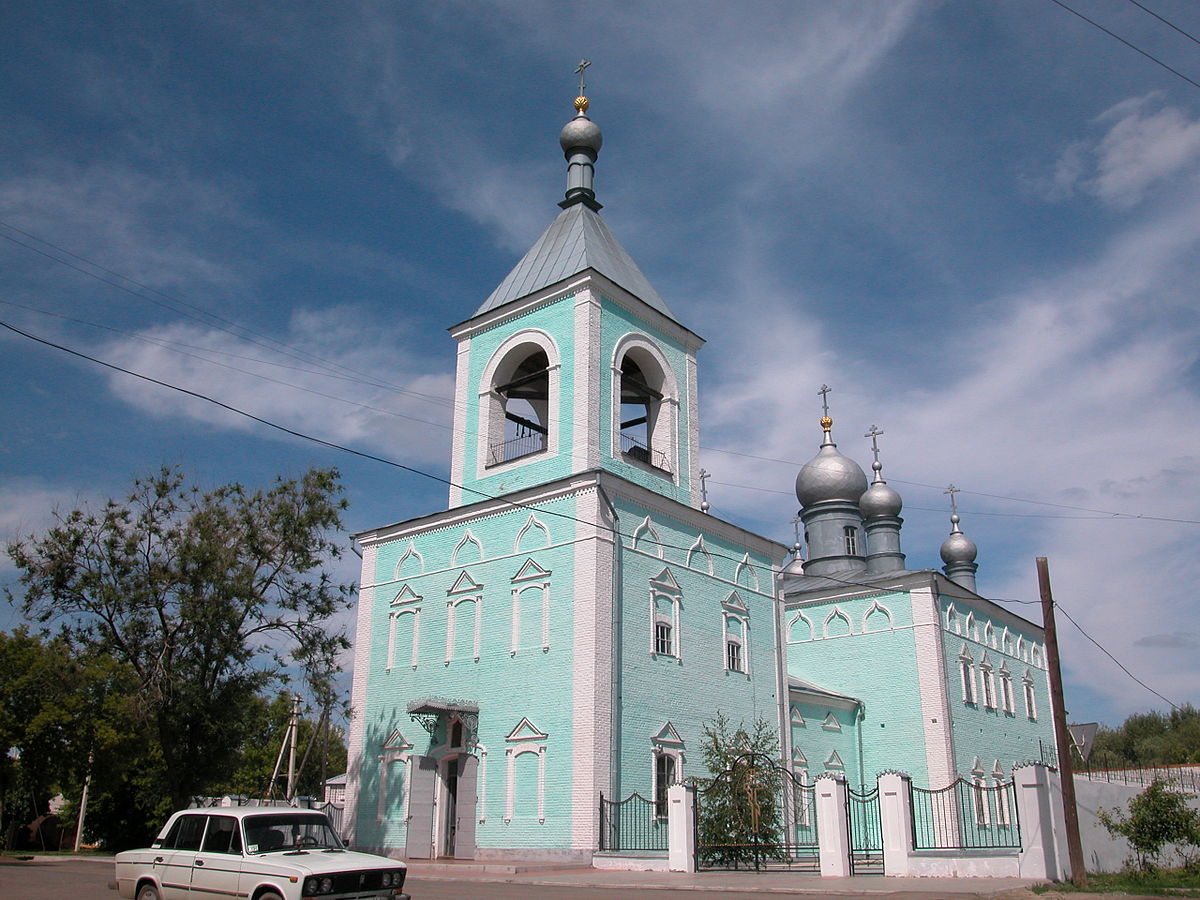
The Cathedral of the Archangel Michael
The Cathedral of the Archangel Michael is the oldest building in Uralsk, founded in 1741. For two centuries, it served as the main church of the Yaik Cossack Host, where military councils were held nearby to decide key matters. The cathedral became a citadel during the siege of the city by Pugachev’s army.
During the Soviet era, the cathedral was turned into a museum dedicated to the Pugachev Rebellion, and later into a local history museum. In 1989, it was transferred to the Orthodox Church. The cathedral houses two valuable religious relics — a reliquary containing the remains of Apostle Andrew the First-Called and the icon of the Mother of God «Smolenskaya – Hodegetria».

68 Nursultan Nazarbayev Avenue
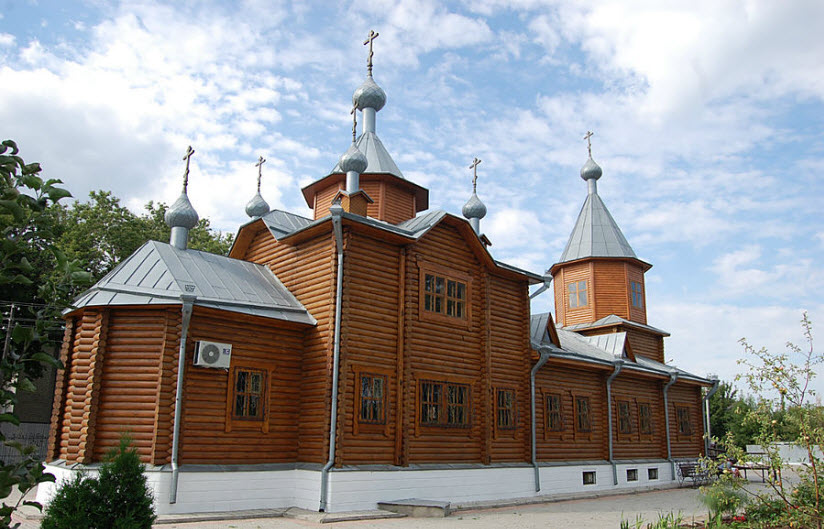
Pokrovsky Convent
At the beginning of the 20th century, a small church stood on the banks of the small Chagan River, from which the Pokrovsky Convent traces its long history. After the Revolution, it was closed and partially destroyed.
The wooden building was restored in 1999, but according to locals, the old church was completely destroyed, and a new one was built on the opposite bank of the river.
Pokrovsky Convent is best known for housing the reliquary containing the relics of Saint Matrona of Moscow. Therefore, the church has two altars – one dedicated to the Protection of the Most Holy Theotokos and the other to Saint Matrona of Moscow.

28 Bagban St.
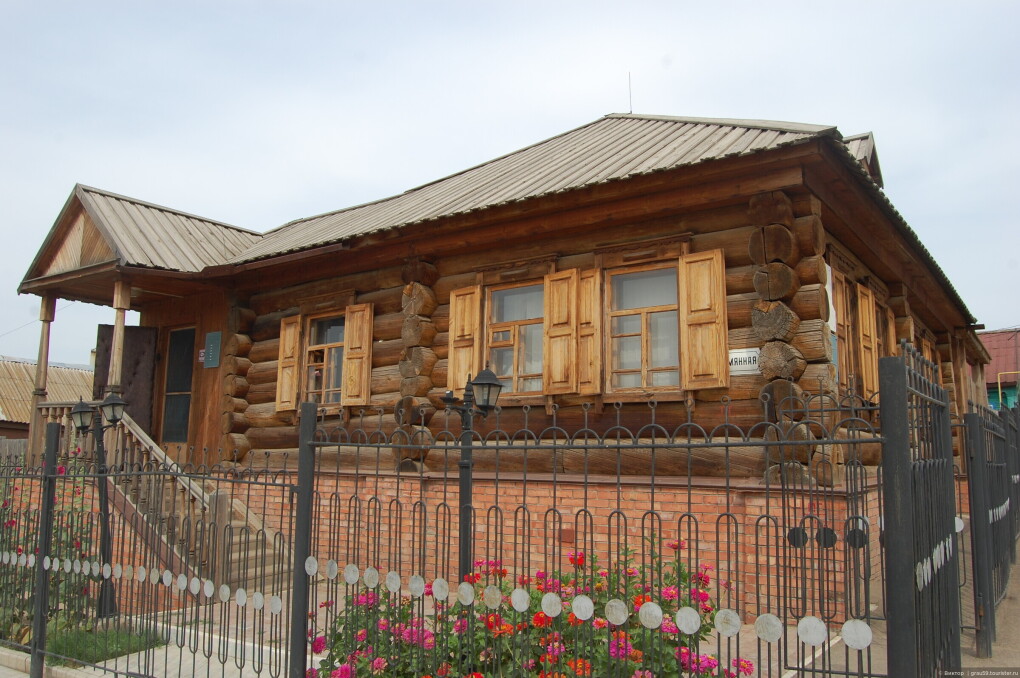
Yemelyan Pugachev House Museum
The museum is located in an old Cossack house where the leader of the rebellion lived with his second wife. Next to the building are preserved old outbuildings, and the courtyard itself has been fully reconstructed to reflect the atmosphere of that era.
The museum consists of three small rooms, each displaying household items and furniture used in those distant times. There are also weapons, icons, and paintings from a later period depicting the master of the house and his wife.

35 Nursultan Nazarbayev Avenue
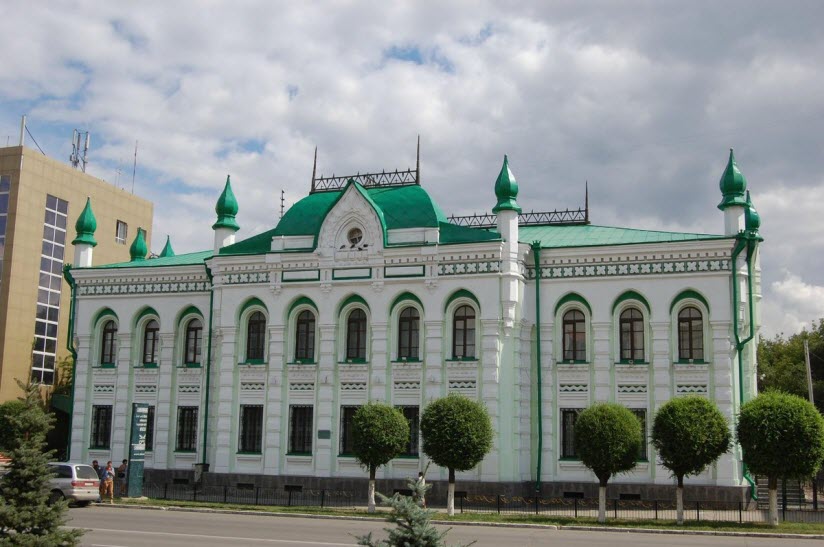
Regional Museum of History and Local Lore (GKKP)
The museum in Uralsk is one of the oldest in Kazakhstan, founded in 1836. It is now housed in the building of a former craft school, which has been declared an architectural monument protected by the state.
The museum’s halls feature exhibits ranging from the Bronze Age to modern independent Kazakhstan, as well as ethnographic displays and sections dedicated to the history of art and science. The museum has 6 branches in the city and 6 more throughout the region.

184 Nursultan Nazarbayev Ave.
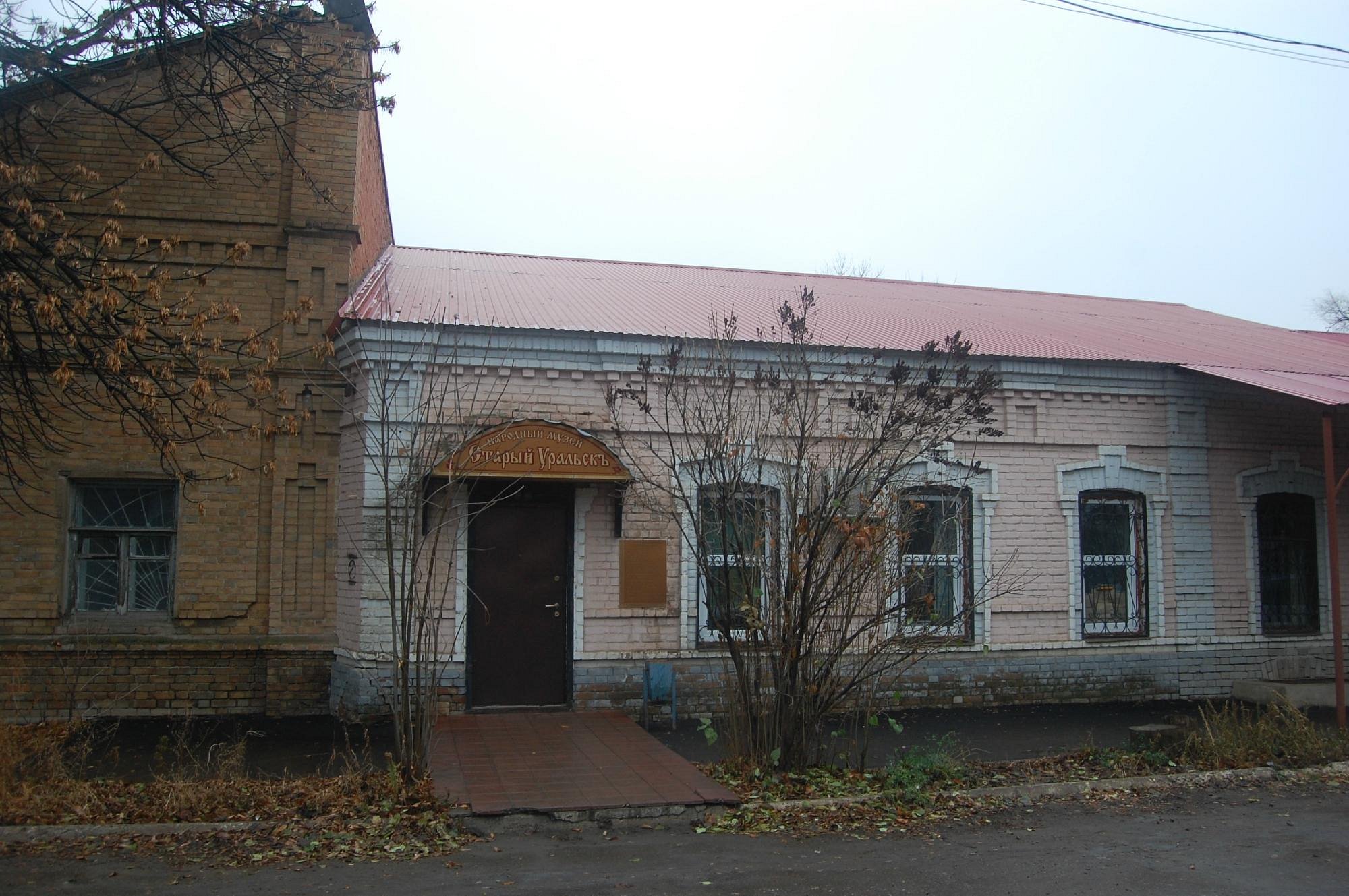
«Old Uralsk» Museum
The museum began with a collection of antique exhibits gathered by enthusiasts and admirers of Russian history. People who collected or simply kept antiques at home donated them to the exhibition.
The museum itself is quite small, but it houses a large number of exhibits — from antique samovars to valuable icons. A wide range of household items from different periods is displayed, including carpets, lamps, candlesticks, paintings, furniture, and decorative pieces.

49 Kairat Zhumagaliev St.
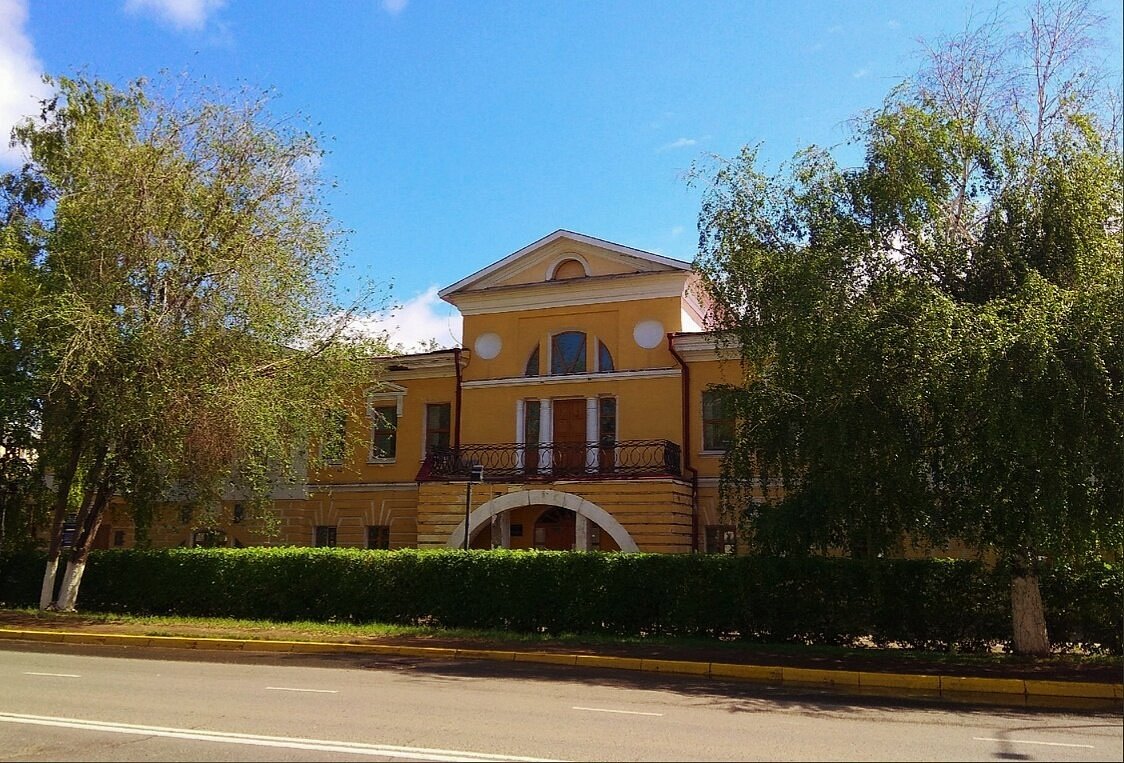
A.S. Pushkin Museum
The Alexander Sergeyevich Pushkin Museum is housed in a unique building spanning an entire city block. Today, the building is divided into two parts: one houses a hospital, the other the museum complex itself. Pushkin visited Uralsk.
Tour guides say that it was during his stay in the city that he collected the essential materials for writing “The Captain’s Daughter.” The building is also famous for having housed Zhukovsky, Nicholas II, Alexander II, Dal, and Tolstoy at various times.

168 Nursultan Nazarbayev Ave.
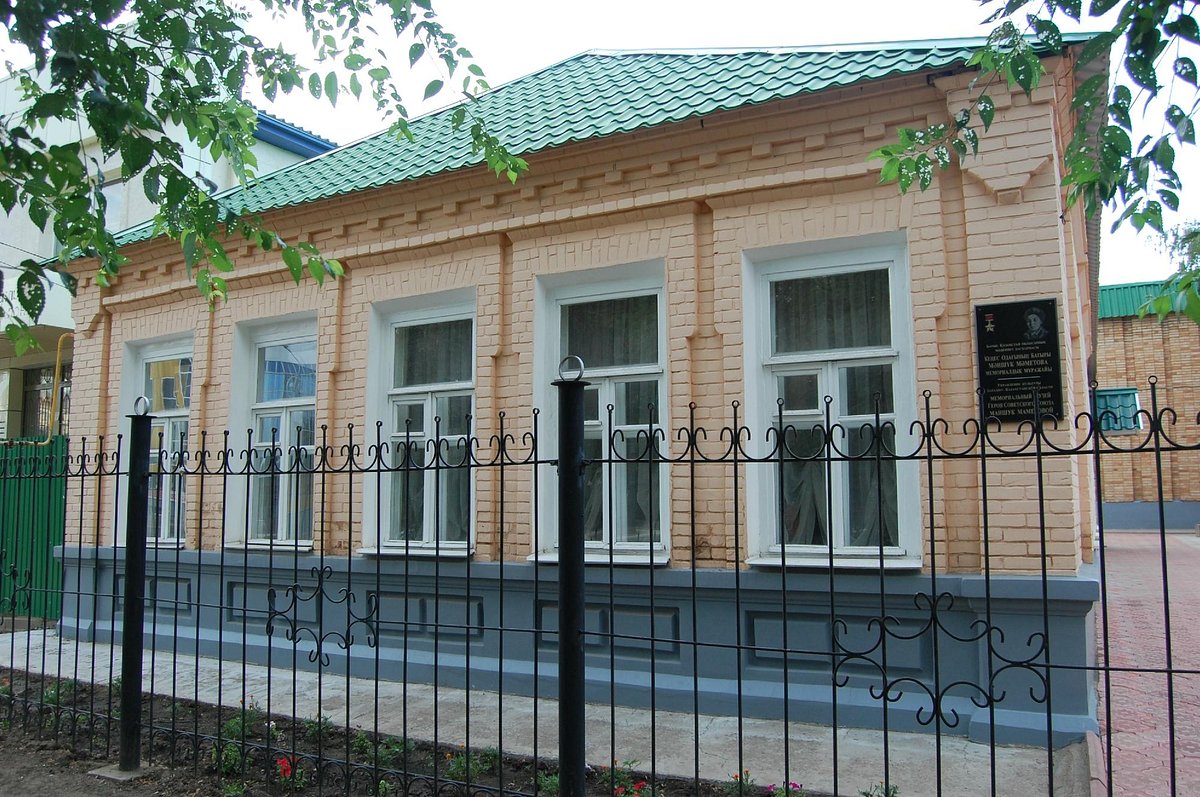
Manshuk Mametova House Museum
This museum is dedicated to the first Kazakh woman to become a Hero of the Soviet Union. During the Great Patriotic War, Manshuk Zhiyengaliyevna Mametova served as a machine gunner and bravely fought the enemy.
The house where the museum now stands is where the girl and her family once lived. The mansion is in excellent condition, and the exhibits, photographs, and magazines paint a picture of Manshuk Mametova’s life and her heroic deeds.

51 Sarayshyq St.
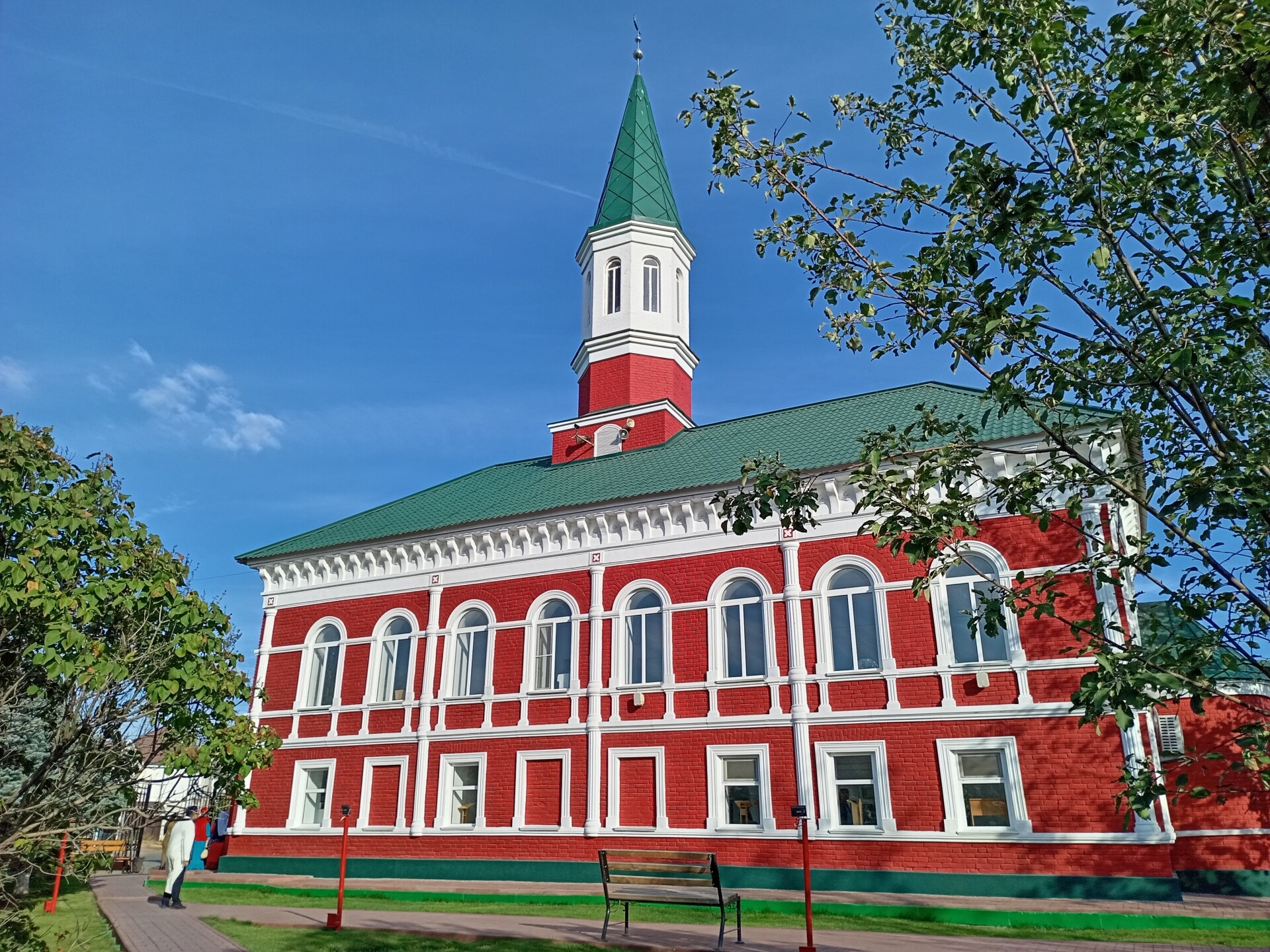
Tulbaev Mukhammed-Garif Red Mosque
The Red Mosque is located in the Tatar settlement of Uralsk. It was built in 1871 and is recognized as an architectural monument of local significance. The two-story building features a low minaret and walls made of red brick, that is why it is called the Red Mosque. During the Soviet period, the mosque was closed. In 1980, it was officially recognized as an architectural monument. The mosque was restored in 2005–2006 and was solemnly reopened on August 28, 2006.

29/1 Tatarsky Lane.
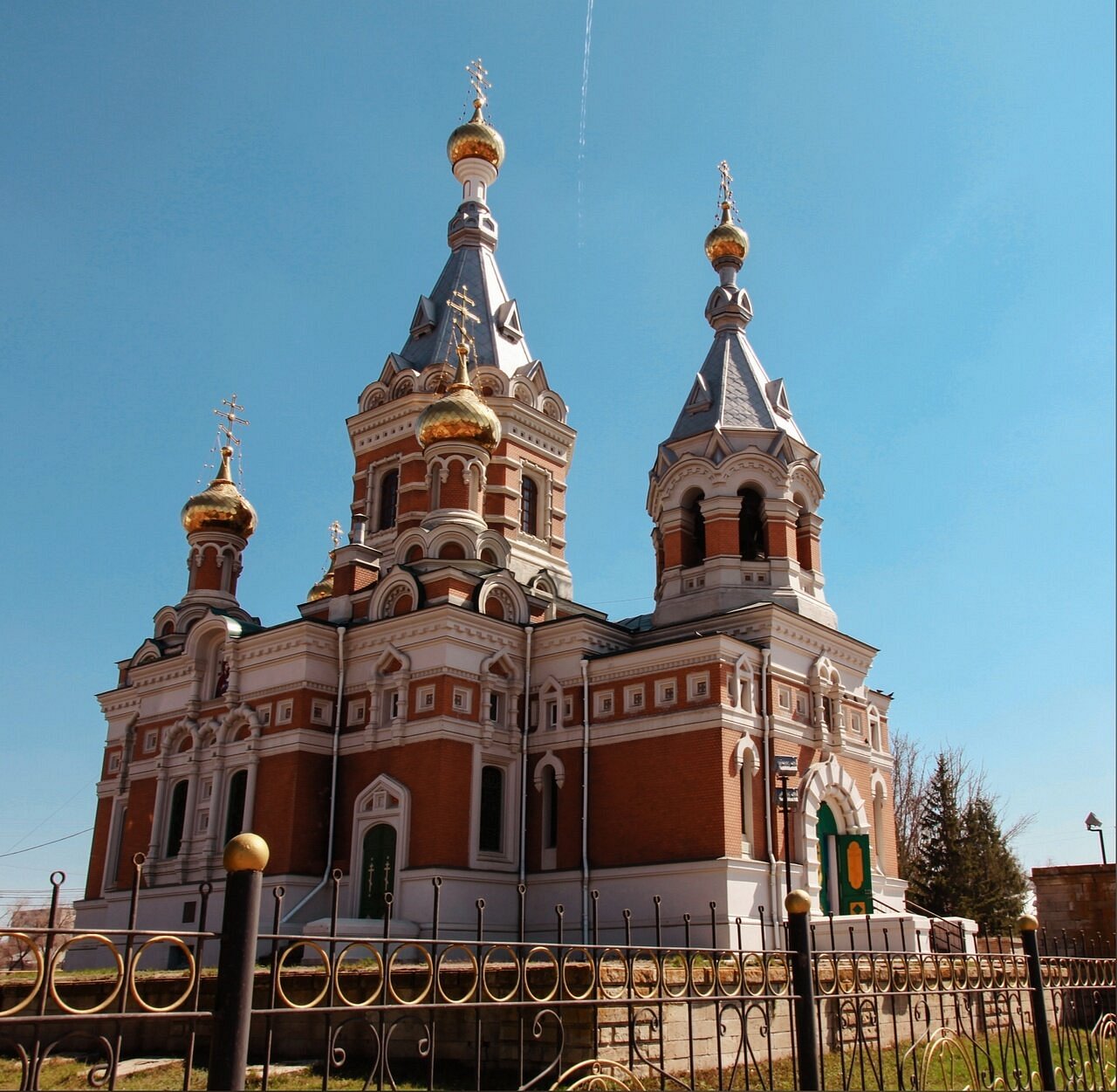
Christ the Savior Cathedral
The Christ the Savior Cathedral, or Golden Cathedral, was built from 1891 to 1907. It is dedicated to the 300th anniversary of the Ural Cossacks’ service to Russia. The Grand Duke, the future Emperor Nicholas II, was present at its foundation stone laying.
During the Soviet era, the cathedral housed a museum of atheism and a planetarium. In 1990, it was returned to the Orthodox Church.

202 Nursultan Nazarbayev Ave.
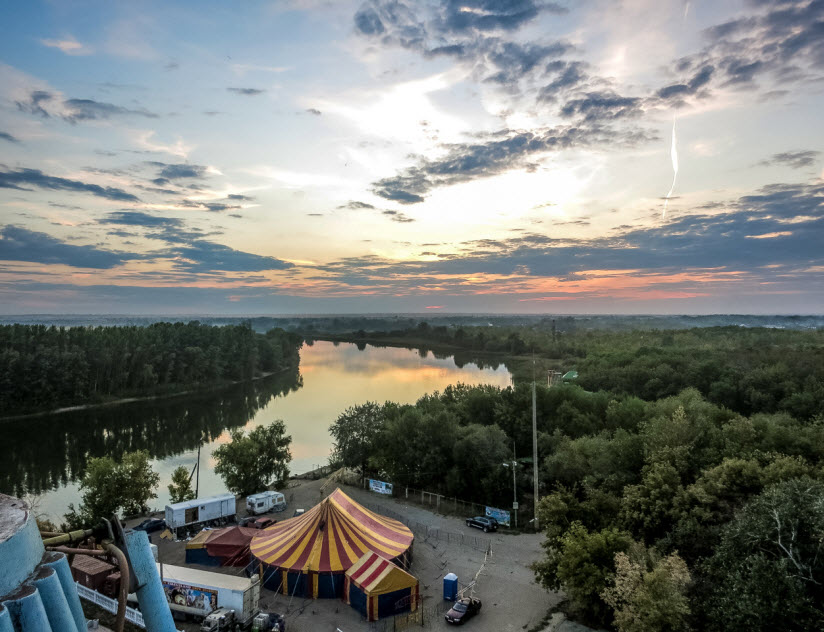
Kirov Park of Culture and Recreation
Kirov Park is the oldest and largest in Uralsk. It was established in the mid-19th century, when over 3,500 saplings were planted. Stolypin stayed here in 1852, and Leo Tolstoy visited him. The park was formerly known as the “Military Garden,” but after the October Revolution it was nationalized and renamed.

1 Kairat Ryskulbekov St.
